|
It's hard to believe that on this day, 5 years ago, this flag was voted the Preferred Alternative New Zealand Flag! A lot of water has gone under the bridge since then, this year also happened to be the 20th-anniversary of our Silver Fern Flag — on Jan 1st 2020 who amongst us would have predicted such a highly momentous year ahead? We are now packaging up the last flag orders of 2020 in both our Wellington and Melbourne locations, and we will be on holiday until the 11th of January 2021, any orders placed between 19 Dec and 11 Jan will be shipped on the 11th of January. In the meantime, you can check out our recently-launched flag store at silverfernflag.org/store, our flag store hadn't really been updated since 2005 when our first orders started flooding in after an appearance on Campbell Live, our new Silver Fern Flag store makes ordering a lot easier, and an added bonus is postage is free for all NZ and Aussie orders over $60. After many months of research and product testing, we have also created the Silver Fern Apparel Store by partnering with Redbubble, at this separate store, you can order items as diverse as tees and hoodies in multiple colours, bags, and mobile phone cases directly through the team at Redbubble.
Having endured over 9-months of lockdowns, curfews, and restrictions in Melbourne, where I am based for work, I feel for our expatriate communities who are experiencing similar lockdowns, particularly those in the UK and the United States. Wherever you are in the world today, I hope you are able to have an enjoyable and restful holiday period, stay safe, stay well, and here's to a safe and happy 2021!
0 Comments
The silver fern flag, designed by Kyle Lockwood will feature at the V&A Gallery (Victoria & Albert Museum) in London.
This is one of the world’s top galleries and we are very excited that our Silver Fern Flag will be proudly on display. This major exhibition is well worth a visit if you are in London between Saturday 12 May 2018 and the 4th of November 2018. This exhibition will display emerging technologies, the ways in which they will affect our lives in the near future, and what choices we have – as citizens – to influence their development. The world of tomorrow is shaped by the designs and technologies emerging today. From smart appliances to satellites, this exhibition brings together more than 100 objects either newly released or in development that point towards where society might be headed. Although some may seem straight out of science fiction, they are all real, produced by research labs, universities, designers' studios, governments and corporations. Guided by ethical and speculative questions, we invite you to step into four scenarios – self, public, planet and afterlife – each evoking increasing scales of technological impact. How might these objects affect the way you live, learn and even love? The undeniable physical reality of these objects may give the impression that the future is already fixed. But new things contain unpredictable potentials and possibilities, often unanticipated even by their creators. It is up to us – as individuals, as citizens and even as a species – to determine what happens next. While the objects here suggest a certain future, it is not yet determined. The future we get is up to us. The future starts here. 1. Self What makes us human? We can now design life itself. Our bodies, and even our internal biological systems, are becoming sites of design. Wearable technologies and personal trackers have become standard objects of our everyday. We measure our heart rate when we go jogging, and navigate cities with the help of GPS. As we extend our cognitive and biological capacities through machines, distinctions between what is human and what is technological blur. Once synonymous with privacy and reclusion, the home is now a broadcasting station from which we share our lives through social media. We are now all connected, but are we still lonely? 2. Public Are cities still for everyone? This section explores the public realms of cities, politics and networks, the places where we come together to collectively make decisions. People get together to crowdfund everything from bicycles to bridges, or to leak governmental secrets and generate new currencies. In face of this, Does democracy still work? The future of public and civic spaces lies between two competing forces: the top-down strategies of an increasingly small number of companies and governments, and the bottom-up tactics of an increasingly large number of people. Which will thrive? 3. Planet Should the planet be a design project? Human activity has altered our planet to the extent that some scientists have declared a new geological epoch, the 'Anthropocene', or 'age of humans'. Now that we know our behaviour has unintentionally designed the Earth, can we use technology to reverse the effects? Some designers are working on possible solutions to clean, repair or give back to the planet. Others are looking beyond the Earth for solutions in the stars – designing satellites that scope asteroids for mining new geological resources, and solutions for inhabiting Mars. But if Mars is the answer, what is the question? Can we still save our planet or shall we leave? 4. Afterlife Who wants to live forever? Current advancements in biotechnology and artificial intelligence have the potential to redefine our conceptions of what life is. Reawakening after death or uploading one's mind onto a computer are ideas that may sound like science fiction but are taken seriously by some futurists today. Against these efforts to preserve the self, institutions such as the Long Now Foundation or the Svalbard Global Seed Vault are working to preserve humanity through books, seeds and material culture. What do we want to preserve for the future – the individual or the collective? See more, and to book visit; https://www.vam.ac.uk/articles/about-the-future-starts-here-exhibition Flags fly in Harington Point, including a red version of Kyle Lockwood’s silver fern flag (foreground) and the New Zealand Red Ensign (right).
Flags, flags everywhere. Shawn McAvinue asks why so many residents in a small settlement at the northeastern end of Otago Peninsula are flying flags. Harington Point crib owner Don Shanks said the flying of flags just "evolved" in the "tight-knit community". "It’s amazing how it evolved. Everyone got on board. We didn’t have meetings about it, they just popped up." The Shanks crib on Harington Point Rd had been in the family since 1957. It was not known when the flag pole was put on the crib shed, but a photo taken of a sea lion on the beach in 1973 showed it was there then. "If it is the first one, I could not tell you." He owned nine flags. "From Hawaiian, to Scottish, to happy faces — a whole array." When someone died in the community, New Zealand flags were flown at half-mast across Harington Point. The flags were flown at half-mast when his brother Roy Shanks died in December 2015 and when his wife Moira Shanks died in May last year. The flags were also lowered when local, Matenga "Marty" Taiaroa died on a fishing boat when sailing from the West Coast to Dunedin in February last year. "The flags were lowered to half-mast in respect. It’s quite significant for the area and it means a lot to everyone." Permanent Harington Point residents Jim and Elaine Shanks — no relation to Don — said the wooden flag pole was put up on their house about 20 years ago when they built a deck. The pole was salvaged from the supporters’ club at Carisbrook and was given to the couple, who are life members. "Otherwise it would have been cut up as firewood." He believed their house was the third in Harington Point to get a flag pole. "It’s something that has proliferated over the last few years ... it’s good because it adds colour to the area." His flag collection was in tatters after being "hammered" by the wind, but his Confederation of United Tribes of New Zealand 1835 flag was in good condition. The other flag in good nick was the Speight’s flag given to him by former All Black Greg Cooper. "It’s a special possession." The Speight’s flag was hoisted only when the community needed to know a few drinks were being had inside. Harington Point crib owner Linda McLean said she and her husband Clark were flying the flag of Hungary because they recently had visitors staying from the European country. A seal sleeping on their water tank on Wednesday night was not bothered by the flapping of the tri-coloured flag. The couple owned about 15 flags. "We often have an Aussie one up because our son-in-law’s an Aussie." When the Hungarians departed, the Hungarian flag was replaced with the Dunedin flag. The McLeans bought the "wee shack" about 40 years ago and when they had added rooms on to the crib, the flag pole was moved from the back to the front. Harington Point crib owners Barry and Heather Clough said they would like to have a flag pole at their crib. "Everyone’s got one." The Dunedin couple was seeking a second-hand pole after being quoted $600 for a new one. Mrs Clough said any second-hand pole must be sturdy, preferably alloy. "Everything rusts out pretty quick," she said. The Cloughs knew once they got their pole, they would open themselves up to getting flags as presents on every occasion. "If you can’t think of something, you give them a flag." https://www.odt.co.nz/news/dunedin/settlement-shows-its-true-colours Gary Brown with the new design for the NZ Walk of Fame stars with Kyle Lockwood's silver fern An Auckland town's tribute to Kiwi musicians and entertainers has to be redesigned in a 'David and Goliath' battle with Hollywood. Twelve star plaques honour famous Kiwi entertainers. But Hollywood Walk of Fame own the rights to any five-pointed object in the ground worldwide The stars, similar to the Hollywood Walk of Fame, pay tribute to musicians and entertainers including Sir Howard Morrison, Ray Columbus, Hello Sailor, Gray Bartlett, Tom Sharplin and the Cadillacs, and David Hartnell. The new stars will now have seven points on them thanks to alternative New Zealand flag designer Kyle Lockwood. He has granted Brown licence to use the silver fern from his flag designs, set behind the star to add a sixth and seventh point... Read more below: Silver Fern Licences can be obtained for business and sports team use at silverfernflag.org/licence MATTHEW CATTIN/FAIRFAX MEDIA Gary Brown lays flowers on Graham Brazier's Boulevard of Dreams Star in Orewa in 2015. An Auckland town's tribute to Kiwi musicians and entertainers has to be redesigned in a 'David and Goliath' battle with Hollywood.
The twelve star plaques honour famous Kiwi entertainers. But Hollywood Walk of Fame own the rights to any five-pointed object in the ground worldwide, according to Stage 51 director and Austin Powers impersonator Gary Brown of Red Beach, north of Auckland. The stars, similar to the Hollywood Walk of Fame, pay tribute to musicians and entertainers including Sir Howard Morrison, Ray Columbus, Hello Sailor, Gray Bartlett, Tom Sharplin and the Cadillacs, and David Hartnell. He was approached via email by global brand licensing agency Global Icons on behalf of the Hollywood Chamber of Commerce, who control the rights to the Hollywood Walk of Fame, for his unauthorised use of their brand. "[They] tried to slap a copyright on me for US$50,000 a year. "After eight months of trying to negotiate with them, they finally got down to US$25,000 a year and I told them to stick it." Hollywood Walk of Fame own the rights to any five pointed object in the ground worldwide and said the money would be used for maintenance, and to ensure the stars are kept of a high quality, Brown says. The deal is similar to one The Hollywood Walk of Fame has with Universal Studios' theme parks for their replica walks. Two others licensees are also "in the contract stage of their Walk of Fame licenses" and unable to be named, Global Icons told Brown. "I said 'you guys are just being bullies, this is ridiculous. We're a small little town and we have no income from this'," Brown says. SEVEN POINTS INSTEAD OF FIVE Brown is now in the process of moving and redesigning the stars, he says. When Brown first installed the stars he had approval from the former Rodney District Council as it was understood then that the footpath was council owned. He now has permission from the Auckland Council to move the stars across the road to Orewa Square where there is a paved area and fountain, but just needs to the money to get it done. Big names on the walk are planning a fundraising concert to raise the funds with a date yet to be set, but likely to be in September. "It will almost be like a legends of the century event really. Because you don't get too many events with these guys all together. It's very special," Brown says. The new stars across the road will now have seven points on them thanks to alternative New Zealand flag designer Kyle Lockwood. He has licensed Brown the rights to use the silver fern from his flag designs, set behind the star to add a sixth and seventh point. Brown says the new design has met with approval from those whose names are on the walk. "All the guys seem to really like it." Brown says it is important to keep the star walk as New Zealand as prominent New Zealand artists age and some like Hello Sailor musicians Graham Brazier and Dave McCartney pass away. "They need to be remembered for the influence they had on the New Zealand entertainment industry," he says Brown is now looking for businesses who may be interested in contributing towards the big name fundraiser. "They will get great publicity for helping and if a good contribution, a complimentary seats to the event." STARS ALIGN Stars on the Orewa Boulevard include Hello Sailor, Gray Bartlett, Dennis Marsh, Sir Howard Morrison, Ray Columbus, Tom Sharplin and the Cadillacs, Suzanne Lynch, Shane Hales, Ray Woolf, Larry Morris, Les Andrews and David Hartnell. They or their families attended their plaque unveiling outside the former Boulevard of Dreams restaurant and bar run by the Browns until April 2012 when it closed for financial reasons. Some, like Dennis Marsh, even performed there. Several, such as Morris, Hartnell - who is The Variety Artists Club of New Zealand patron, Bartlett and Marsh have indicated their support to Brown. Marsh says Orewa should back its walk of fame. But if the town doesn't want the star plaques he's happy to put them outside his The Chapel Theatre at La Valla in Tuakau where he and others perform. JAY BOREHAM - FAIRFAX http://www.stuff.co.nz/national/82131020/orewa-walk-of-fame-on-the-move Last updated 14:12, July 15 2016 - Silver Fern Licences can be obtained for business and sports team use at silverfernflag.org/licence On the eve of the United Kingdom's EU Referendum, Silver Fern Flag designer Kyle Lockwood chats to the BBC about the recent NZ Flag Referenda, and a British Political Science Professor Andrew Russell believes that a new flag for NZ could happen sooner than we think... Click on the link below to listen.
For those wishing to use/manufacture the Silver Fern Flag design. As you will know, New Zealanders recently voted in the final flag referendum and the Current NZ Flag was chosen as our flag for the future.
In light of the result, the Crown has returned all intellectual property rights in the Silver Fern Flag to Kyle Lockwood. Therefore should you wish to sell the Silver Fern Flag, you should do so with Mr Lockwood's agreement; Mr Lockwood can be contacted at [email protected]. Thank you very much for your support during the Flag Consideration Project, it is greatly appreciated. NEW ZEALAND FLAG CONSIDERATION PROJECT Support for a new flag hasn’t been snuffed out. Rather, its momentum has been temporarily slowed. Dawn French. NEW ZEALAND LISTENER - EDITORIAL
So. After two referendums and a national debate that was far more bruising and acrimonious than anyone expected, we remain where we started: with a national flag that many New Zealanders still have trouble distinguishing from Australia’s, and which identifies us as a quaint British outpost in the South Pacific. The people have spoken – and as former Labour Party leader Mike Moore was fond of saying, the people are always right, even when they are wrong. What, if anything, has been achieved? Critics say it was a scandalous waste of $26 million. But put that figure in perspective: it equates to 0.03% of total Government spending in the past financial year. Put another way, the flag referendum process cost $6 for every New Zealander – far less than the price of a movie ticket. Even weaker was the argument that the referendum process ran roughshod over democracy. The process was fair, thorough and transparent. It was agreed in advance by a parliamentary committee consisting of MPs from every party except New Zealand First, which declined to participate. Two referendums were conducted, public meetings were held up and down the country, more than 10,000 flag designs were submitted for consideration and an advertising campaign reached into virtually every home. In the end, more than two million people – 67% of those eligible – voted, and the Government undertook in advance to honour the result. Not democratic? Really? If anything, New Zealand has enhanced its standing as one of the world’s most democratic states. No other country has chosen its flag by popular vote. If there was a failing, it was of democracy itself when the first referendum, due to the quirks of the preferential system, produced a “favourite” flag design that wasn’t the most popular No 1 choice. But no one ever said democracy was perfect. Other stumbles along the way were caused by flaws of judgment rather than process. One valid criticism was that the shortlist of four designs (increased to five at the last minute to satisfy a noisy social media campaign for the red peak design, which voters resoundingly rejected) failed to represent the breadth and variety of the “long list” of 40. But claims that the shortlist represented the personal favourites of the Prime Minister – which in turn necessitated the belief that the 12 prominent New Zealanders on the Flag Consideration Panel were all under the mind control of John Key – belonged in the realms of fantasy, if not outright paranoia. Another canard was that it was all Key’s idea anyway: a personal vanity project. This no doubt explained the Labour Party’s petulant stance, which itself raises the issue of how far we can trust a party that promoted a change of flag in its 2014 election policy and was fully represented on the cross-party committee that gave its blessing to the referendum process, but changed its mind. Changing the flag wasn’t Key’s idea; it has a history that dates back to the 1960s. Support for change has surfaced repeatedly since, including from such beloved leaders as Norman Kirk and David Lange. Yet another argument ran that rather than dither over the flag, New Zealand should go all the way and become a republic. That way, a new flag would follow automatically. But republicanism remains a fringe movement, and most New Zealanders have no difficulty treating the flag as a distinct issue. Even visiting celebrities such as Dawn French understand that changing the flag is a separate matter. French told Fairfax Media she preferred the fern flag, saying, “Of course I love the Union Jack, it’s my flag … but you guys are New Zealand.” In the end, the margin was closer than anyone predicted: 56.6% of voters favoured the status quo and 43.2% backed the Kyle Lockwood-designed alternative. The referendum may have resulted in no change, but for reasons so complex, confused and contradictory that it would be unwise to draw too many conclusions about why people voted the way they did. There were many ironies, including anti-TPPA protesters voting for the ultimate symbol of corporate greed sanctioned by the Empire. Support for a new flag hasn’t been snuffed out. Rather, its momentum has been temporarily slowed. As we go on with the task of explaining to the rest of the world the difference between our flag and that of Australia – the Aussie flag depicts the Southern Cross more accurately – New Zealanders have at least engaged in a passionate, if frustratingly inconclusive, debate about what our flag should say about us. In the process, we may have learnt something about ourselves. That should leave us better prepared when the issue comes up again – as it will. NEW ZEALAND LISTENER Issue 3959 1st April, 2016 Editorial http://www.listener.co.nz/commentary/features/flag-referendum-win-democracy/ Designer Kyle Lockwood chats to One News about the Silver Fern Flag, Click image to view report.
Thank you to all 921,786 voters who chose the Silver Fern flag.
To design a flag is no mean feat – when I first did this many years ago, I didn’t imagine the day would come where it would be selected from over 10,000 designs and I would see it fly from baches, beaches, boats and buildings all over New Zealand. I am incredibly humbled by that. I am proud to be a Kiwi and thrilled to have cast my own vote in a world-first referendum process. Along the way there’s been robust and deeply passionate discussions – I remember a headline when the four alternatives were first announced “Four alternative flags, four million opinions” and that sums it up really! Irrespective of the result, nearly 1 million of you have loved the Silver Fern and I hope that you will continue to fly it. I myself will continue to wear the Silver Fern flag wherever I go, and of course I’ll be just as proud to march behind the official New Zealand flag this coming ANZAC day as I have done since 1996 when I was a volunteer in the NZ Army. Kyle Lockwood DipDArch DipArchTech MNZIOB Designer Silver Fern flag Which flag have you voted for? Normally, I'd keep my voting private but in this instance I think you can understand that I have voted for the Silver Fern Flag design! What do you think of the polls saying the flag won't change? They are interesting of course, but the only 'poll' as such that is relevant in this process, is the referendum. If your flag gets chosen in the referendum, does that mean you get paid? No I will not. I have assigned the rights to the Crown and would receive no payment whatsoever. What will you do with your flag if it isn't successful in the referendum? The Crown will assign the rights back to myself, There are a large number of supporters of the Silver Fern Flag, possibly over a million kiwis, and I will continue to sell the flag online through silverfernflag.org as I have done since 2006. What does it feel like right now, when thinking your design could be the new NZ flag? To be honest, it's huge and a little overwhelming. My grandmother flies my flag in the Wellington wind each day, and probably the most emotional and humbling moments for me have been seeing it flown around the country everywhere on boats, beaches, baches and buildings, and seeing it flying representing New Zealand in exotic places around the world has been pretty humbling too! Have people recognised you? What's it been like to be in the 'public eye'? I'm just an ordinary guy and life has been as per usual for me. I've had people recognise me in the street and compliment me which was very nice of them. Have you ever met John Key? I'd never met him in my life until just a couple of weeks ago at an informal gathering where the designers from the first referendum were invited to attend by responsible minister Bill English, and acknowledged. There's been criticism of the process, your design, and even that you are not a designer, what do you think of that? I am an architectural designer with a 15-year international career in architecture, so I 'eat, breathe and sleep' design for a living. I first designed this flag 16 years ago and have since carefully refined it a number of times based on feedback from leading international vexillogists. Of course there are going to be different viewpoints for all sorts of subjective reasons. I remember a headline when the four alternatives were first announced "Four alternative flags, four million opinions" and that sums it up really! Do you think the Flag Consideration Panel could have done things differently? I don't think there's anything significant that you could do differently - they had a tough job to do. It was a robust process, and let's face it, a selection had to be made by someone! The fact that people get to vote on it in a democratic referendum process made me pretty proud to be a Kiwi! Change the NZ Flag, along with many high-profile New Zealanders have been promoting your flag, what's your involvement in that? I'm not part of that organisation or have any financial part in it. Of course, I'm very humbled by the many people who have shown support for the Silver Fern flag, and I thank them immensely for their passion and enthusiasm! What's next for you? You've bought back the 10-year passport, you have designed what could be New Zealand's next flag, will you be writing a new national anthem for New Zealand?
I'm a designer, and definitely not a songwriter! I tend to campaign for matters that I am passionate about, and that I feel are beneficial to Kiwis both in New Zealand, and overseas! silverfernflag.org The flag debate enters its final phase badly skewed by factors that have little to do with our national symbol. NZ Listener 3 March 2016 The flag debate on the streets of West Auckland.
The flag debate enters its final phase badly skewed by factors that have little to do with our national symbol. To the many voters who oppose change because they like the present flag or dislike the alternative, we can add those wanting to use the referendum for a purely political point. And yet it’s not too late to get the debate back on track. The Listener stands by the simple question it posed two years ago: does New Zealand have a clear sense of its own national identity or are we still so unsure of ourselves that we must present an image to the world of being a distant appendage of a former colonial power? It’s helpful to look at this in an historical context. A booklet just published by the Flag Consideration Panel reminds us that when the current flag with its Union Jack was adopted, New Zealand troops were fighting for the British Empire in South Africa. And they wore the silver fern. Even then there was recognition of the fern’s cherished role in New Zealand. As Sir Tipene O’Regan of Ngai Tahu has said, “Maori have always honoured the fern, giving it a pride of place.” To Maori, the silver fern denotes “strength, stubborn resistance and enduring power”. However, at that time, most New Zealand citizens had been born in the United Kingdom or were the offspring of people born in the UK. Until 1949, New Zealanders carried British passports. As recently as 1973, we were officially described as British subjects. God Save the Queen remained our official anthem until 1977. For New Zealanders not born then, the strength of the attachment to Britain must seem extraordinary. That umbilical cord was severed when Britain joined the European Economic Community in 1973. What alarmed us then as a frightening abandonment turned out instead to be a momentous act of liberation, setting New Zealand free from its stifling dependence on Britain. By the 70s, most other former British colonies had already dropped the Union Jack from their flags. Prominent voices here spoke out for change – including that of union leader Ken Douglas, who suggested in 1969 that we adopt the silver fern and Southern Cross. Earlier still, Labour leader Norman Kirk, whose tenure as prime minister would be defined by a determination that New Zealand should make its own way in the world, had called for a change of flag to distinguish ours from Australia’ In the decades since, the case for a new flag has become more compelling. From being a stolidly Anglo-Saxon outpost, Auckland is now the world’s fourth-most ethnically diverse city. We have forged close relationships with other countries, most notably in Asia and the Pacific. Our relationship with London remains close and affectionate, but it no longer defines us. Our flag has yet to catch up with this remarkable national metamorphosis. In this one vital symbolic respect, we remain locked in the rusted embrace of an extinct empire. The old flag fails miserably to reflect our status as a dynamic, independent, multicultural society in the South Pacific, proud of our Maori heritage. Regrettably, much of the recent focus has been on the referenda cost – although it’s less, it transpires, than the annual taxpayer contribution in services to gang members. And amid all the talk of “tea-towel design”, we forget not all Canadians wanted a change of flag in 1964, still less the maple leaf, which did feature on tea towels. It took a determined Prime Minister, Lester Pearson, to drive change. Canada’s now beloved flag features a stylised leaf with 11 points – of no special significance. The number was chosen after wind tunnel tests showed the design “to be the least blurry”. Yet how many Canadians today would argue that Canadian pride and identity hasn’t been greatly enhanced by one of the world’s most recognisable flags? New Zealand has shown that it can be bold. This is the country that gave women the vote in 1893, took a principled stand against nuclear weapons in the 1980s and has won admiration time and again for its independence and fair-mindedness on the international stage. What a lost opportunity it would be for this nation if the political noise surrounding the current referendum deters us from what is so obviously the right decision. http://www.listener.co.nz/commentary/features/flag-of-the-bold/ |
MEDIAArchives
December 2022
Categories
All
|
||||||
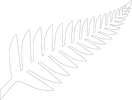
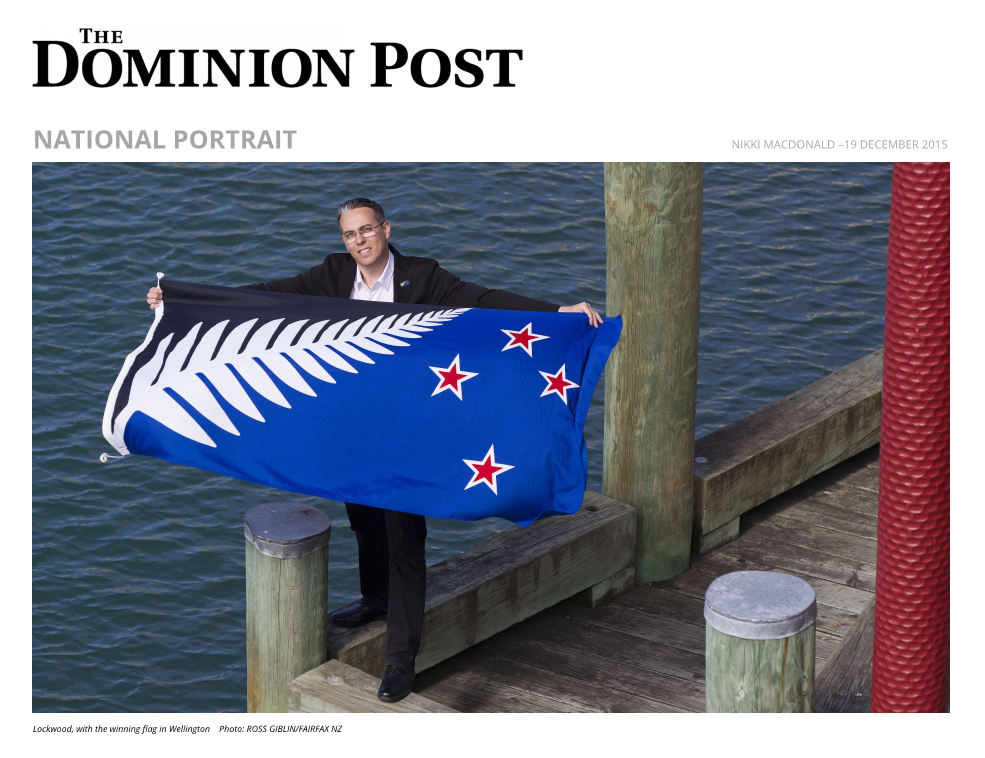
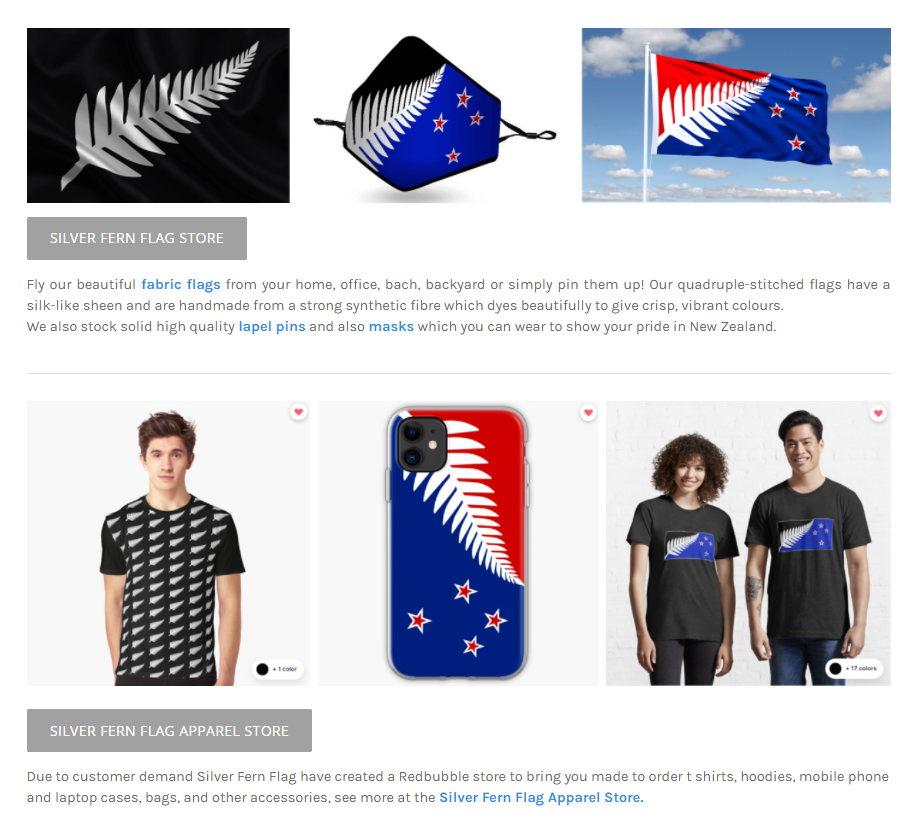

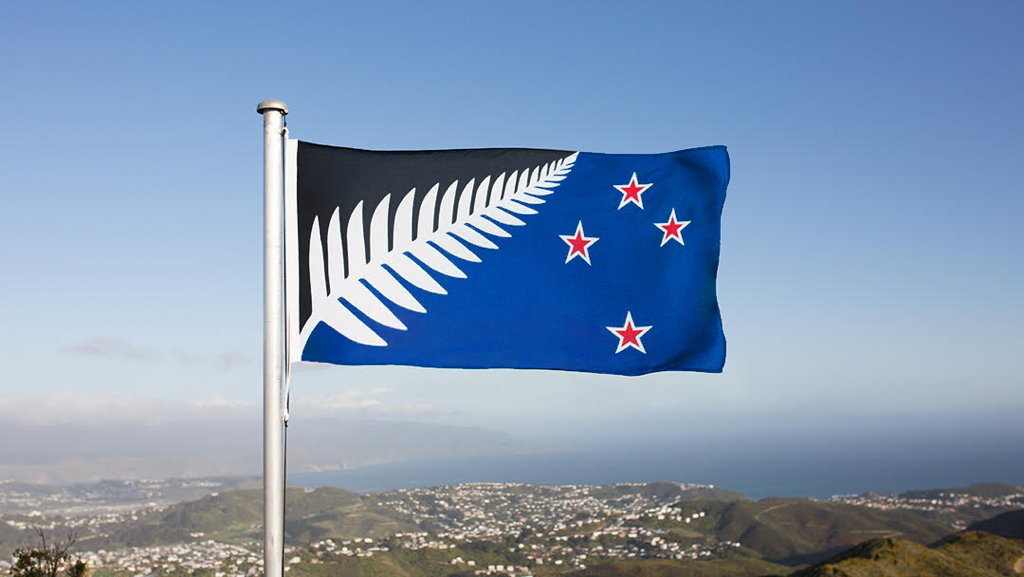
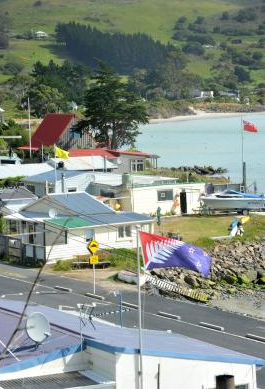

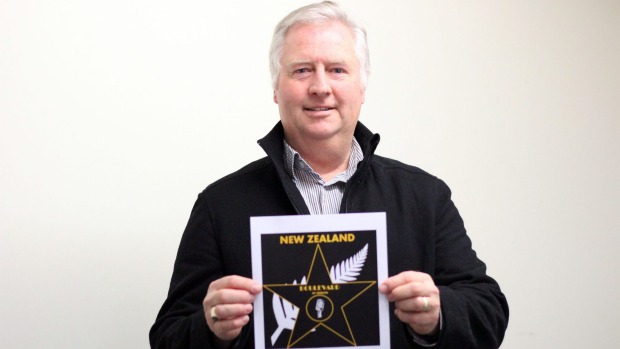

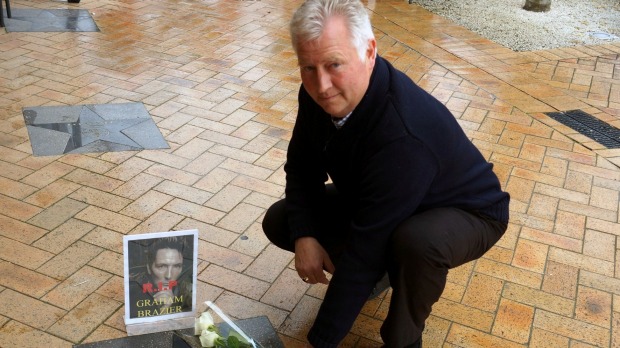
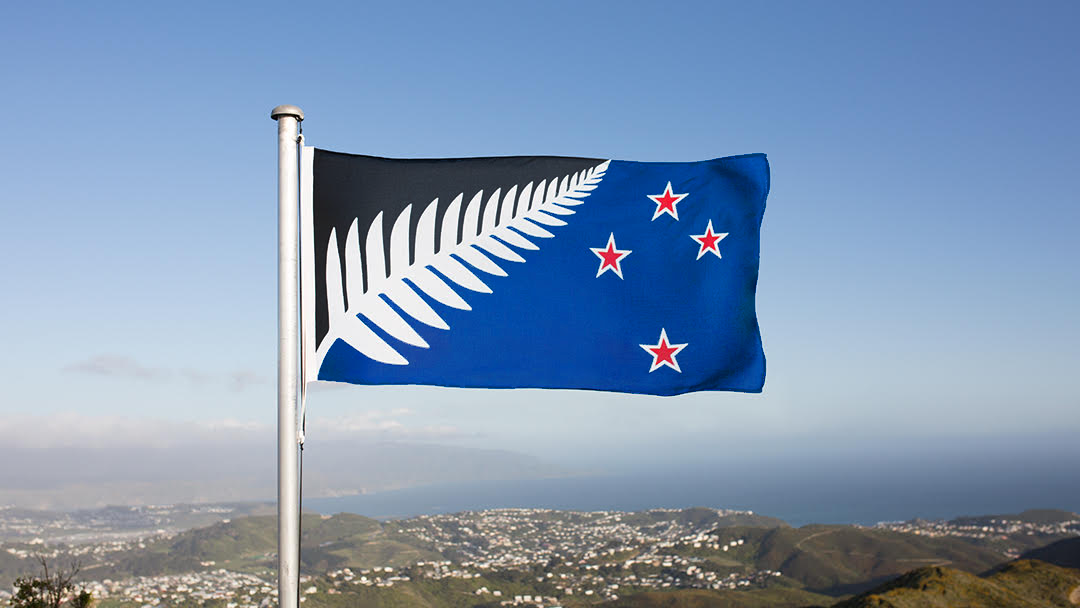
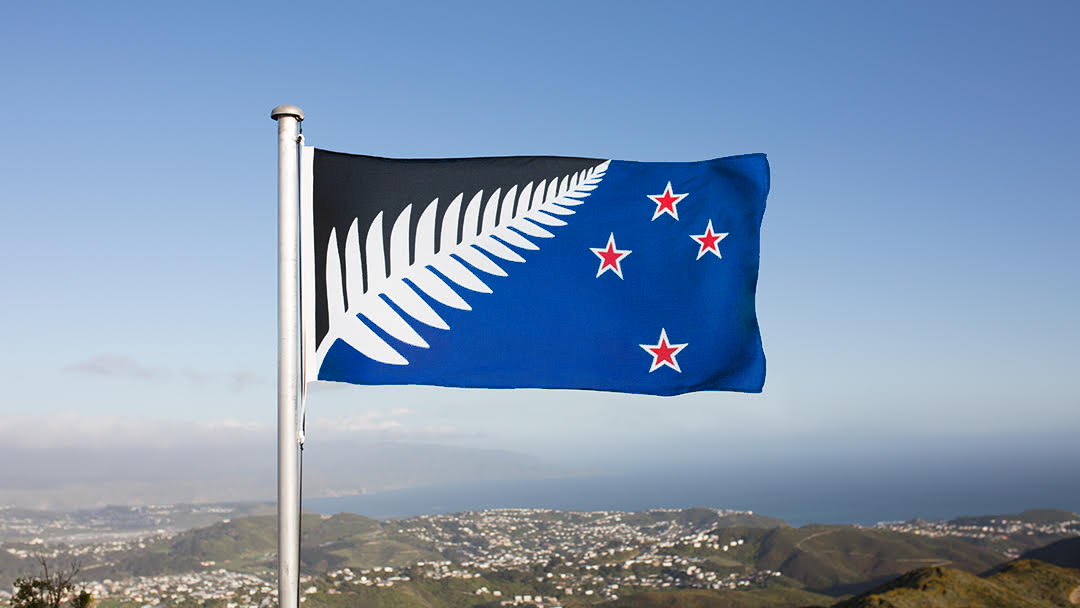
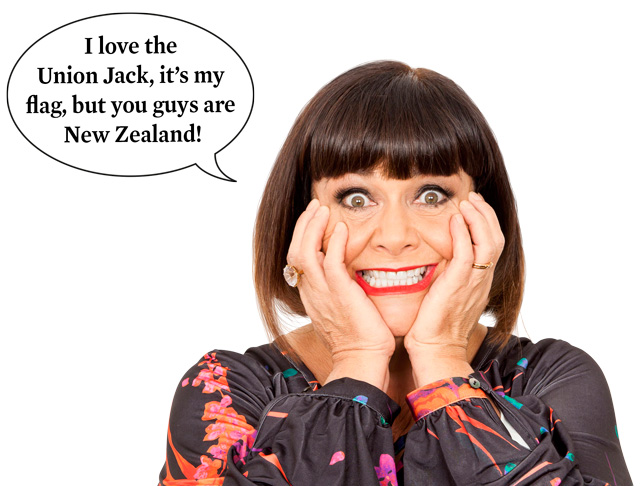
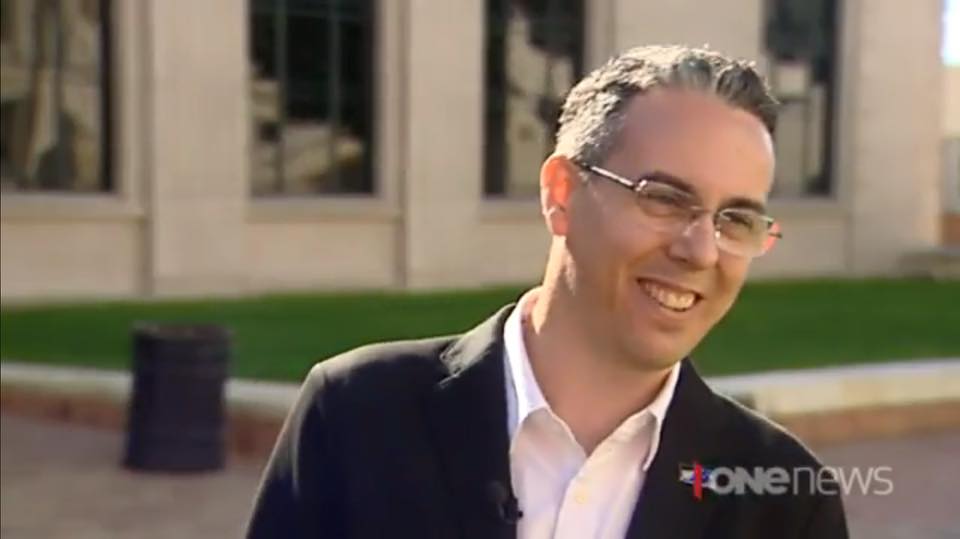
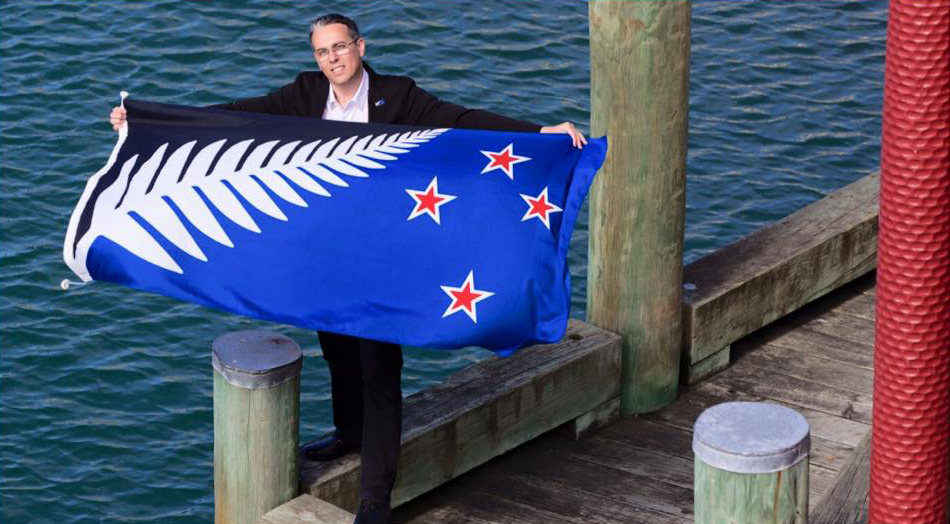
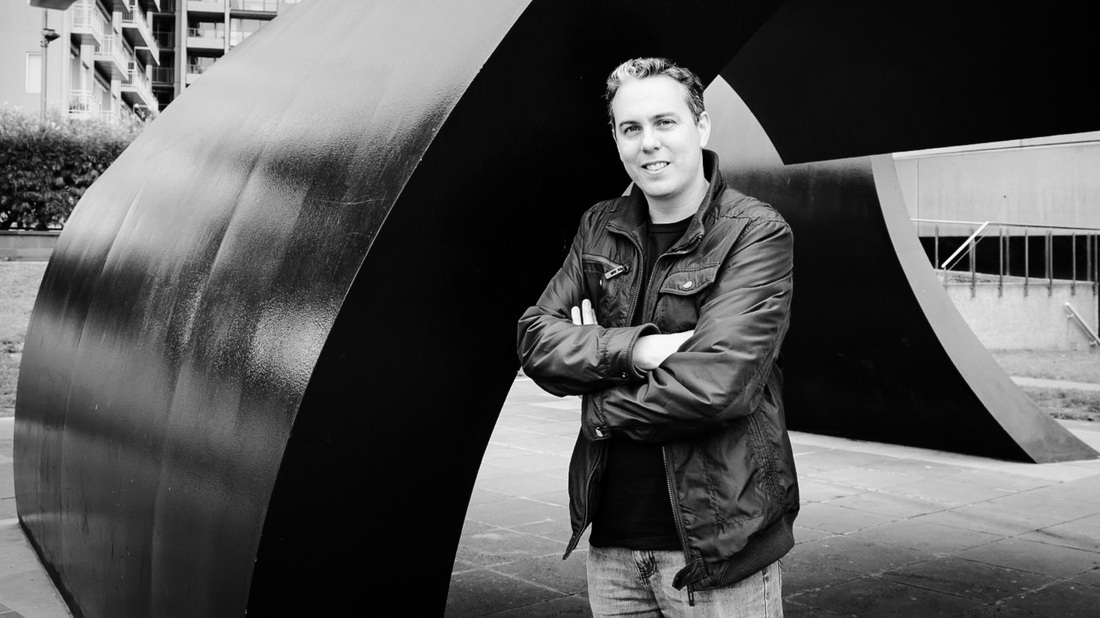
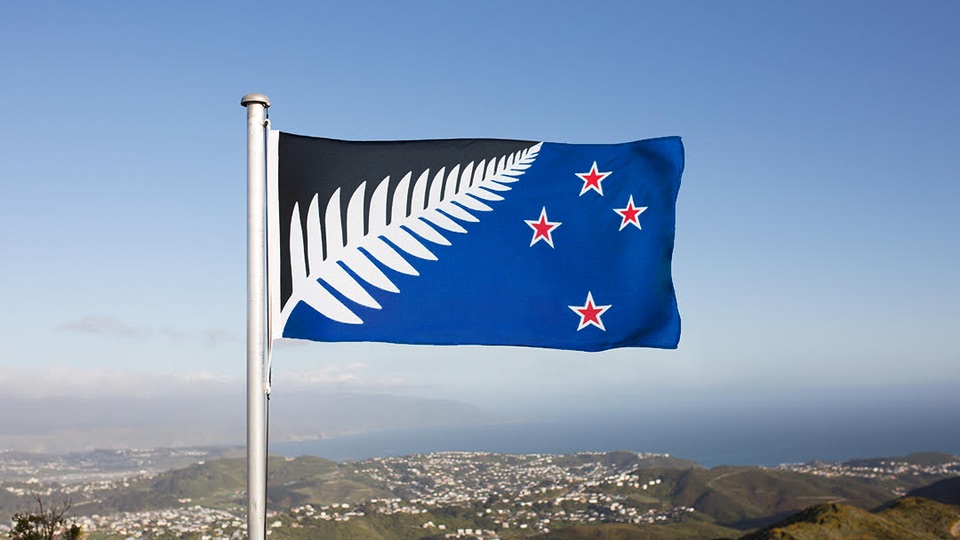
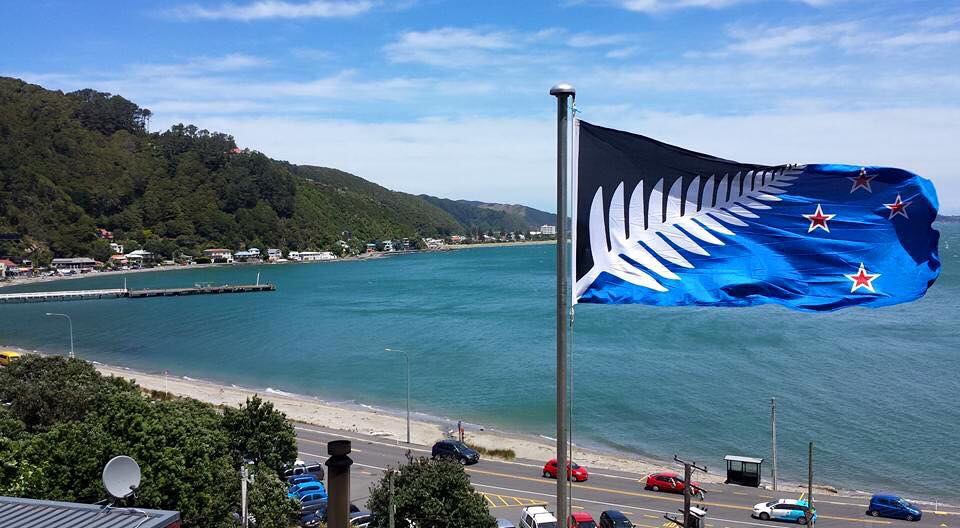
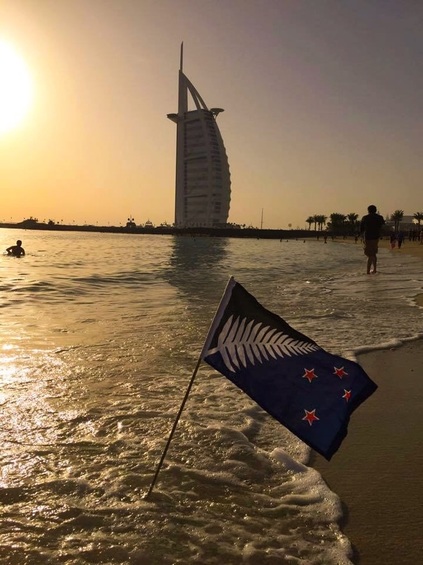
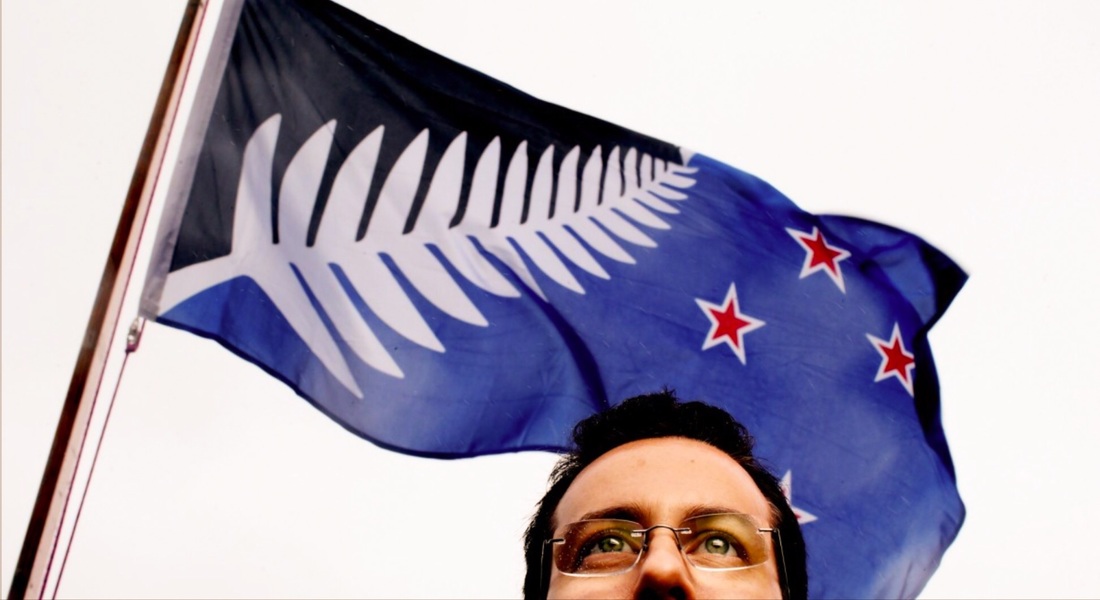
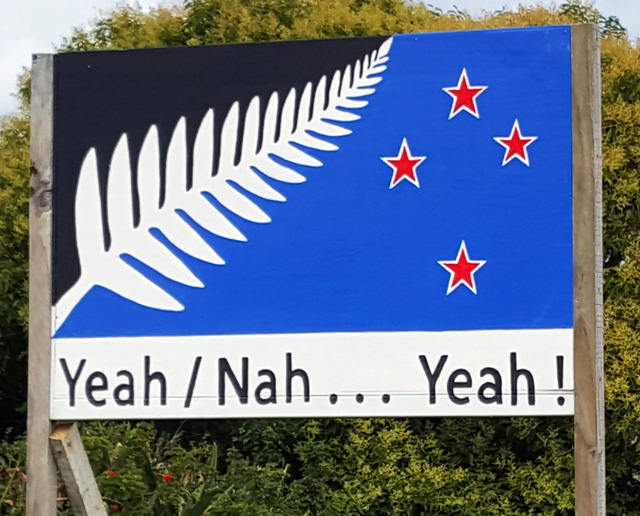
 RSS Feed
RSS Feed
